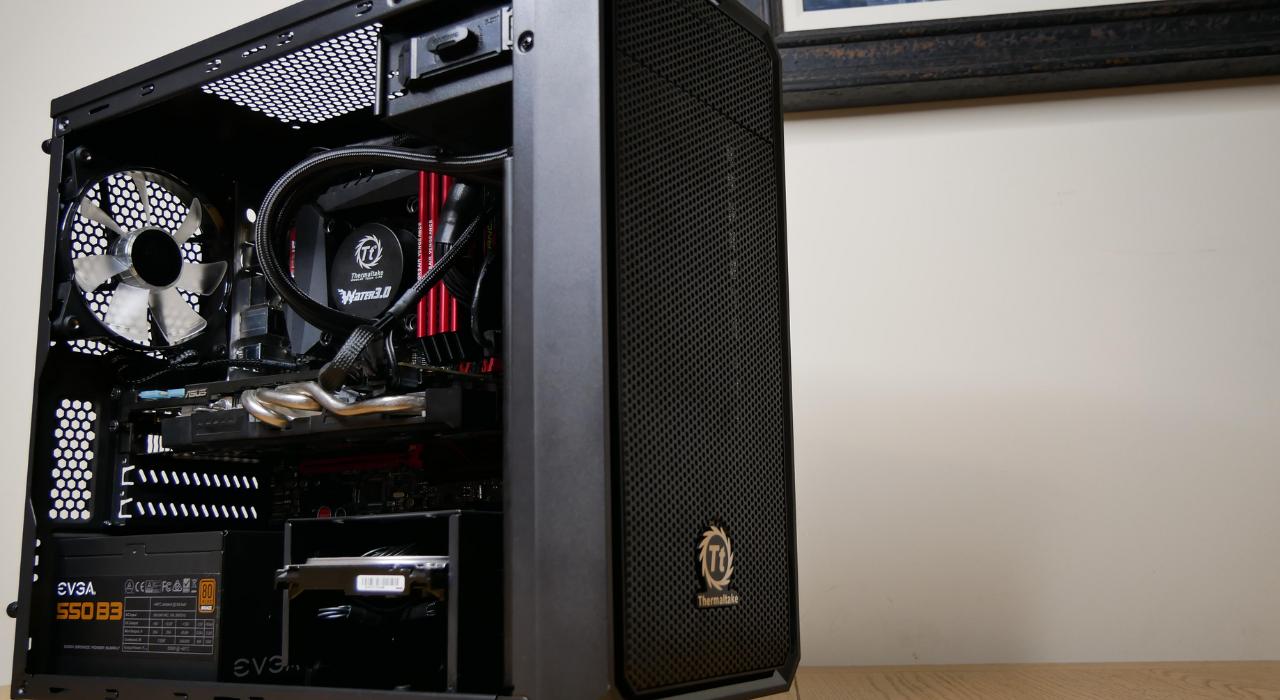Although creating a custom PC has many potential benefits, it may also be a very gratifying experience. You can save time, money, and stress by being aware of the basic mistakes that builders make, regardless of expertise level. Ignoring the handbooks might be a typical mistake that results in incorrect installations. Mishandling components and not grounding yourself can cause static damage. Incorrect CPU installation, improper application of thermal paste, and insufficient cooling solutions can all lead to overheating issues.
Skipping standoffs can cause brief circuits, and destitute cable management can restrict airflow. Guaranteeing component compatibility, interfacing control supply cables accurately, and upgrading the BIOS are pivotal steps regularly neglected. Testing your system sometime recently last gathering and accurately interfacing front panel connectors are essential for a smooth construction process. By avoiding these mistakes, you can ensure a successful and enjoyable PC Assembly experience.
Common Mistakes to Dodge During PC Assembly
Although creating a customized PC has many potential hazards, it may also be a very gratifying process. It might save you time, money, and stress to know the frequent mistakes to avoid, whether you are an experienced enthusiast or a first-time builder. Here are a few of the foremost common mistakes to avoid amid PC assembly:
Skipping the Manual
One of the most common mistakes is neglecting to examine the manuals that come with your components. Each piece of equipment, from the motherboard to the CPU cooler, comes with a particular installation enlightening. Skipping these can lead to improper establishments and possibly harm your components. Continuously take the time to read the manuals thoroughly.
Improper Handling of Components
Dealing with components improperly can cause serious damage. Static power is one of the greatest threats to your PC parts. Continuously ground yourself by utilizing an anti-static wrist strap or occasionally touching a metal portion of your case to release inactive. Furthermore, dodge touching the pins on the CPU or the contacts on the Slam sticks.
Inaccurate CPU Installation
Installing the CPU erroneously is a common mistake. CPUs have indents or markers to appear in the proper introduction. Forcing the CPU into the attachment within the wrong course can bend the pins and render the CPU or motherboard unusable. Always adjust the CPU accurately and delicately put it into the attachment without applying excessive constraints.
Lacking Cooling Solutions
Ignoring the significance of cooling can lead to overheating and thermal throttling. Guarantee you have satisfactory case fans for airflow, and consider an aftermarket cooler in case you arrange on overclocking. Appropriate placement of fans (admissions and exhaust) is vital for maintaining ideal temperatures.
Forgetting to Install Standoffs
Standoffs are vital for preventing the motherboard from shorting out by touching the case. Many builders forget to install these or don’t put them correctly. Ensure that standoffs are installed in all the vital spots and that the motherboard is properly aligned before screwing it.
Neglecting Cable Management
Poor cable management can limit airflow, making your PC run hotter than essential. It moreover makes future updates or troubleshooting more difficult. Utilize zip ties and cable channels to keep your cables organized and out of the way of airflow ways.
Mismatched Components
Ensure all your components are consistent before you start building. This includes checking that the CPU is consistent with the motherboard attachment, the RAM fits the motherboard slots, and the control supply has enough wattage and the right connectors for all your components. Utilizing tools like PCPartPicker can offer assistance to confirm compatibility.
Improper Control Supply Associations
Not interfacing the power supply cables accurately can prevent your PC from booting. Ensure that all vital power connectors are safely stopped in, counting the 24-pin motherboard connector, the 8-pin CPU connector, and any extra control connectors required by your graphics card.
Overlooking to Update the BIOS
Modern motherboards may require a BIOS overhaul to back the most recent CPUs or highlights. Skipping this step can cause compatibility issues. Check the motherboard manufacturers’ site for the most recent BIOS overhauls and instructions on how to apply them.
Conclusion
Building a PC is a preparation that requires careful consideration of detail. Avoiding these common mistakes, you’ll guarantee a smoother and more successful build. Take your time, pay attention to the instructions, and proofread your work twice. By doing this, you’ll increase your chances that the system you choose will function flawlessly and fulfill your needs.

